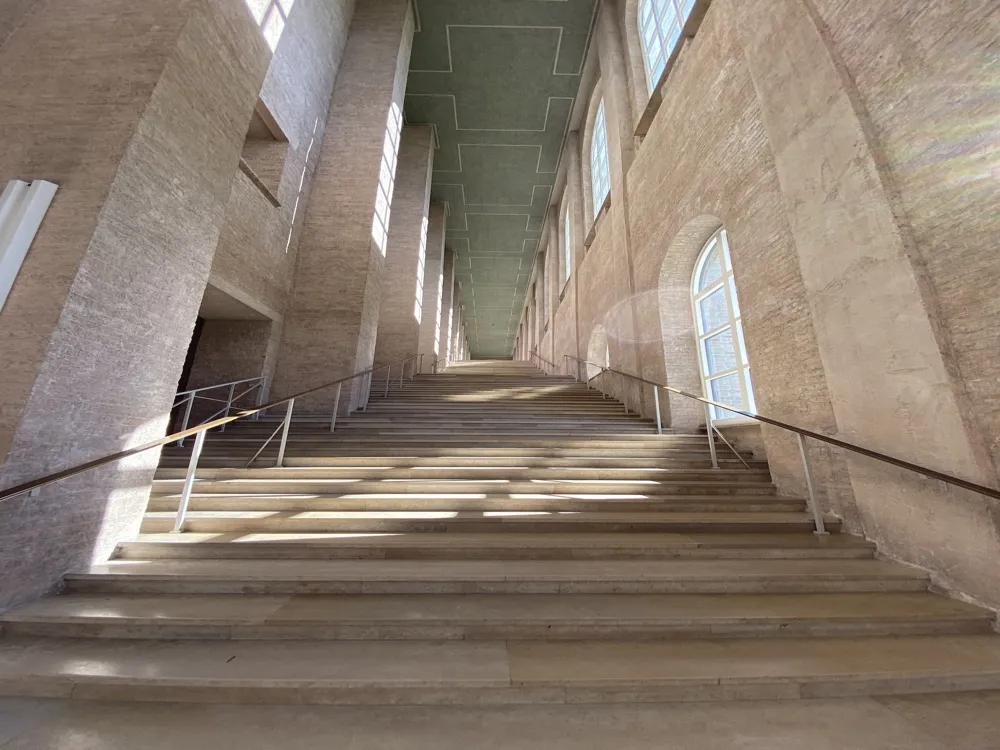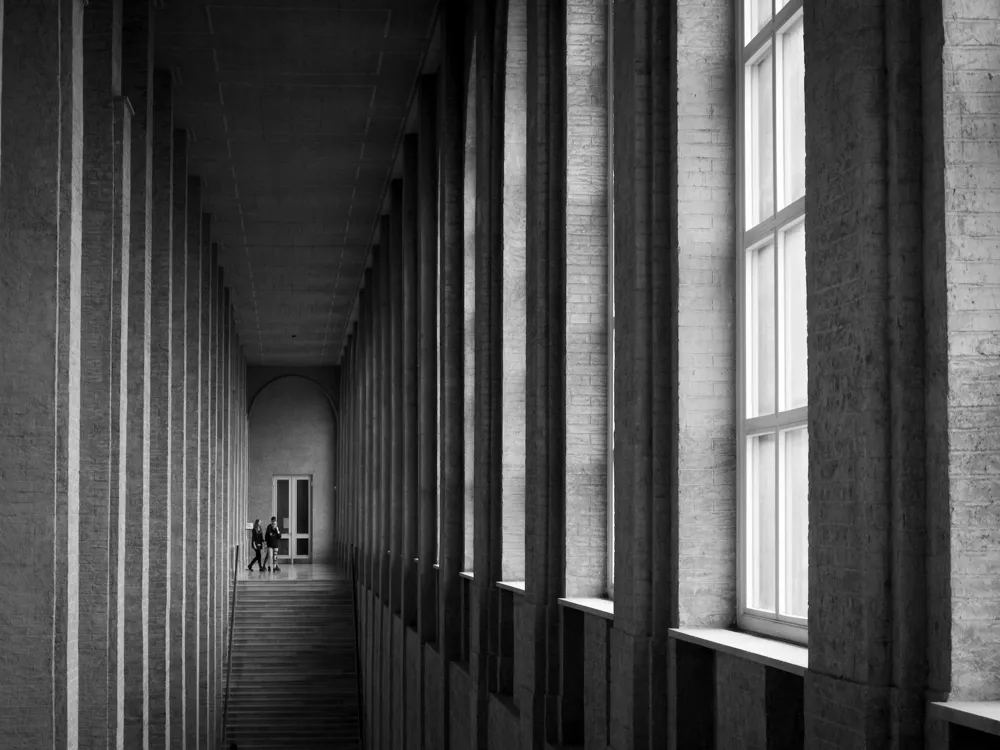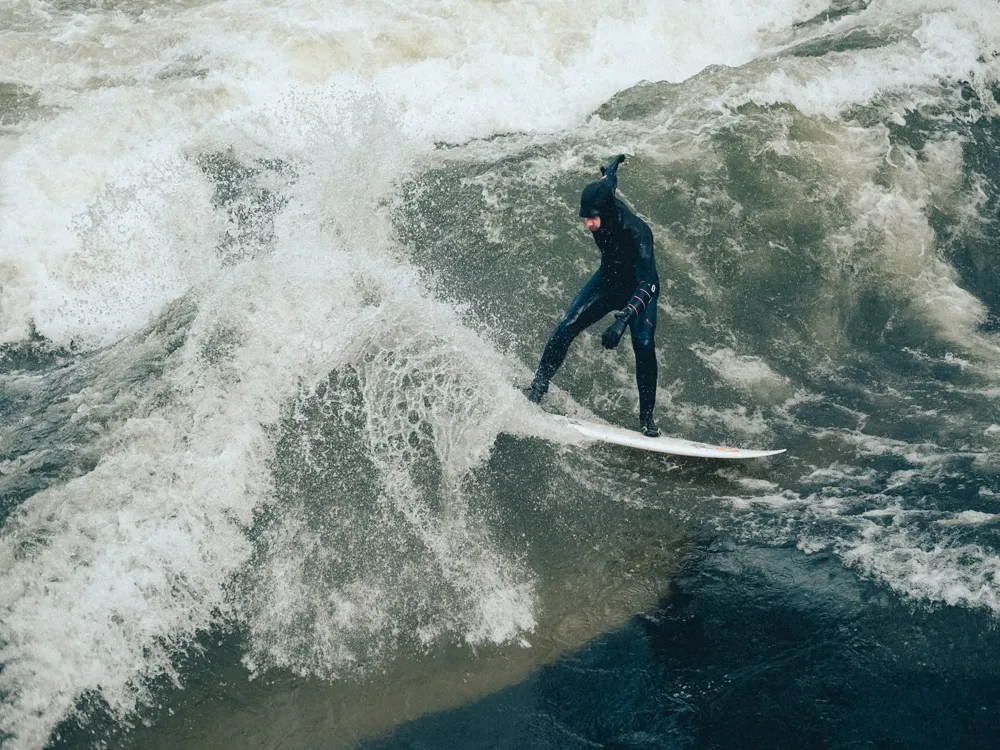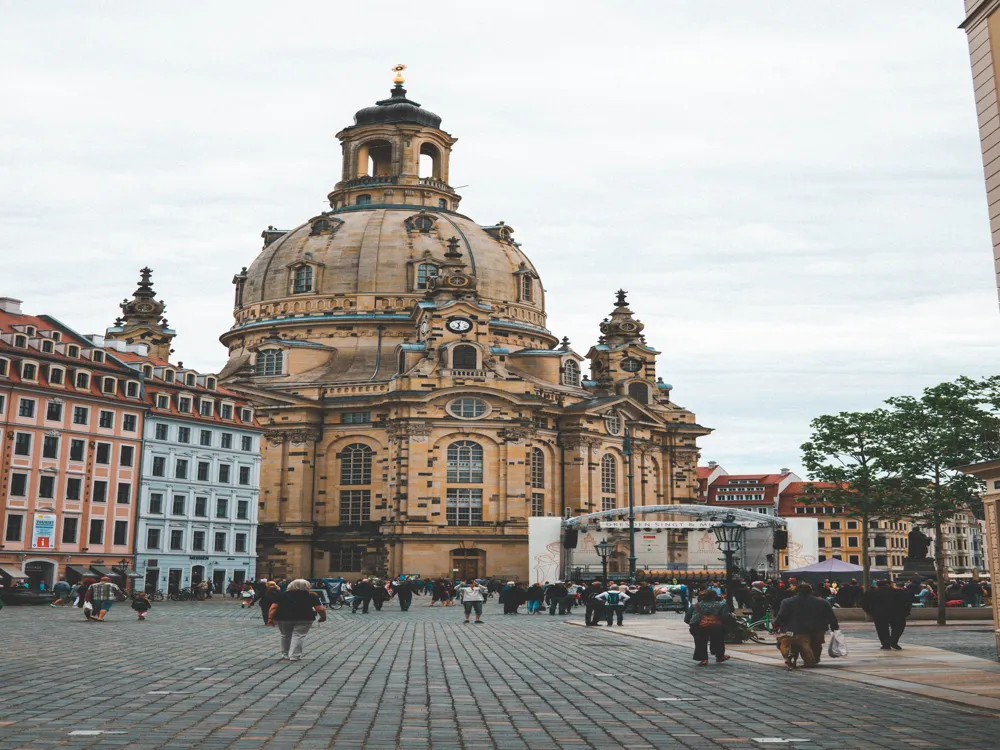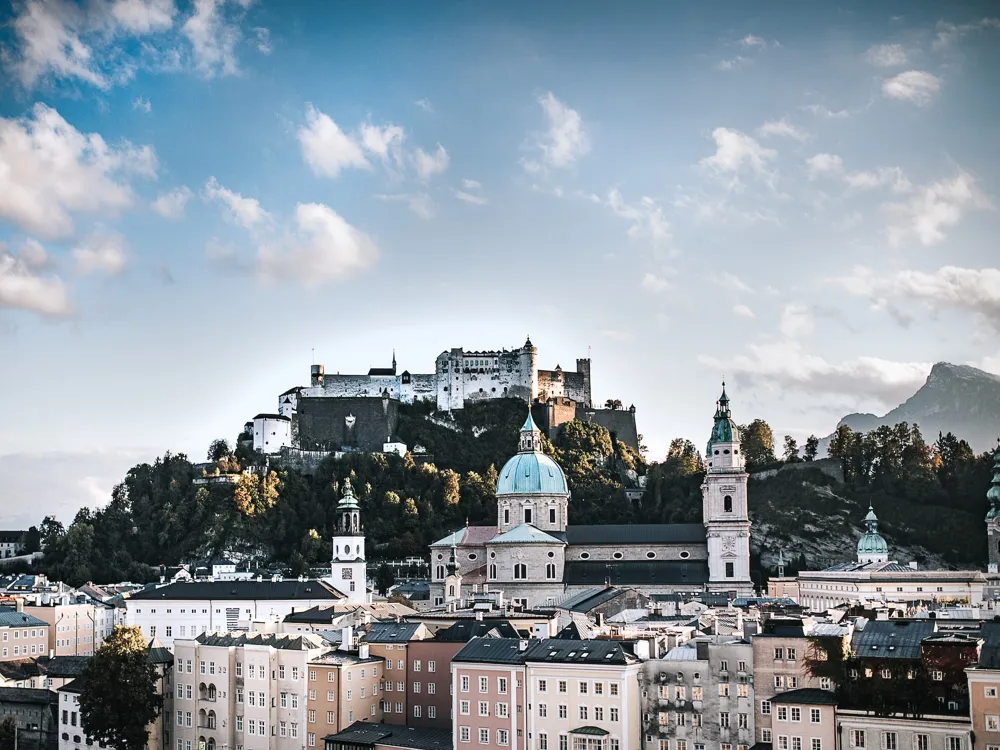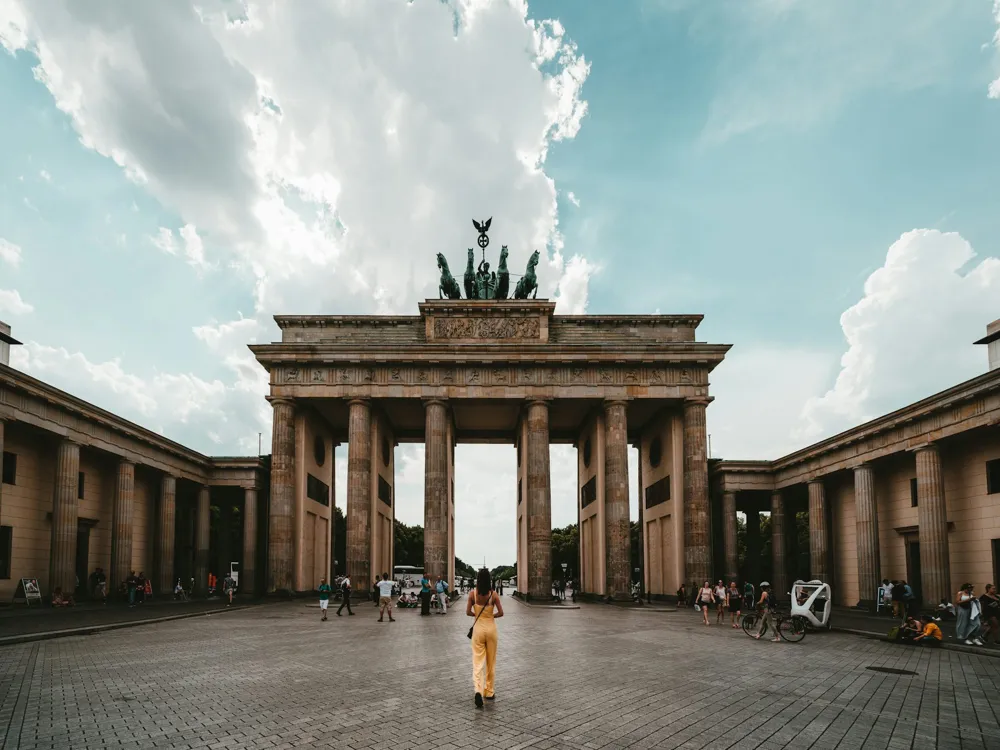The Dachau Concentration Camp, located near Munich, was the first of the Nazi concentration camps opened in Germany. It was initially intended to hold political prisoners and later expanded to include Jews, ordinary German and Austrian criminals, and eventually foreign nationals from countries occupied by the Nazi regime. The camp is a reminder of the horrors of the Holocaust and serves as an important educational site. The architecture of Dachau Concentration Camp was designed to be imposing and intimidating. The main entrance gate featured the infamous slogan, 'Arbeit Macht Frei' (Work Sets You Free). The camp included barracks, a crematorium, gas chambers, and guard towers, which have been preserved as part of the memorial site to illustrate the harsh living conditions and the atrocities committed there. Visitors are expected to maintain a respectful demeanor throughout their visit. This is a site of immense historical and emotional significance. Given the solemn nature of the site, visitors should dress modestly and appropriately for the weather as some parts of the tour are outdoors. Consider taking a guided tour for a more comprehensive understanding of the camp's history. Guides provide valuable insights and historical context. Photography may be restricted in certain areas. Always check for signs or ask a guide before taking photos. Dachau Concentration Camp is accessible from Munich by public transport. Visitors can take the S2 train from Munich's central station towards Dachau/Petershausen and then take the bus 726 towards 'KZ-Gedenkstätte' (Concentration Camp Memorial Site). Alternatively, driving or taking a guided tour bus are also viable options for reaching the site. Read More:Overview of Dachau Concentration Camp in Munich
Architecture of Dachau Concentration Camp
Tips When Visiting Dachau Concentration Camp
Respectful Behavior
Dress Appropriately
Guided Tours
Photography Restrictions
How to Reach Dachau Concentration Camp
Dachau Concentration Camp
Munich
₹ 61,000 onwards
View munich Packages
Weather :
Tags : Historical Site
Timings : Hours: Sun - Sat 9:00 am - 5:00 pm
Planning a Trip? Ask Your Question
Munich Travel Packages
View All Packages For Munich
Top Hotel Collections for Munich

Private Pool

Luxury Hotels

5-Star Hotels

Pet Friendly
Top Hotels Near Munich
Other Top Ranking Places In Munich
View All Places To Visit In munich
View munich Packages
Weather :
Tags : Historical Site
Timings : Hours: Sun - Sat 9:00 am - 5:00 pm
Planning a Trip? Ask Your Question
Munich Travel Packages
View All Packages For Munich
Top Hotel Collections for Munich

Private Pool

Luxury Hotels

5-Star Hotels

Pet Friendly








